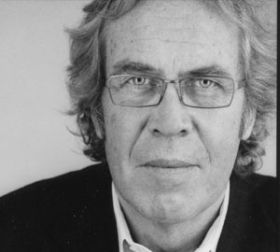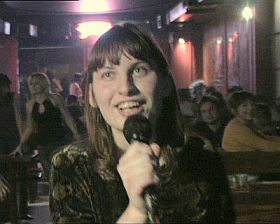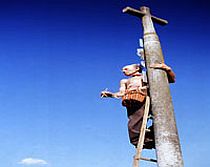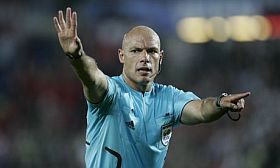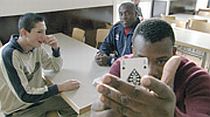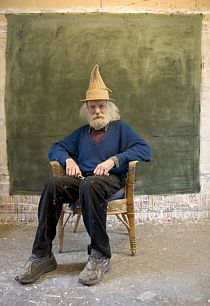


Pawel Lozinski: Chemo
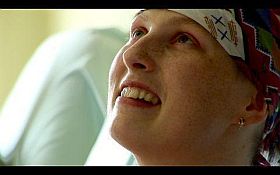
The Prix Europa for the Best Documentary Television Programme 2009 goes to a Film that is also available for the participants of the DOKLeipzig – the stylistically brilliant close up on people who come to the hospital to receive chemotherapy, made by Pawel Lozinski, who is known for other very fine works, among them the short film ”Sisters”. Here is a quote from the press release about the film that hopefully will travel the world. The jury said at the prize ceremony:
“This documentary once again underlines how important it is that we continue to celebrate and commiserate the human condition in our work. The sensitivities displayed both on the other and this side of the camera should make us all in this hall proud of our commitment to documentary film making.
And yet, by the end of the film the director and his team had impressed on us the strengths, wisdom and humour of those who attempt to defeat or come to terms with this hideous and deadly disease.”
http://www.prix-europa.de/en/prix_europa_2009/prizes09/tvd09/
